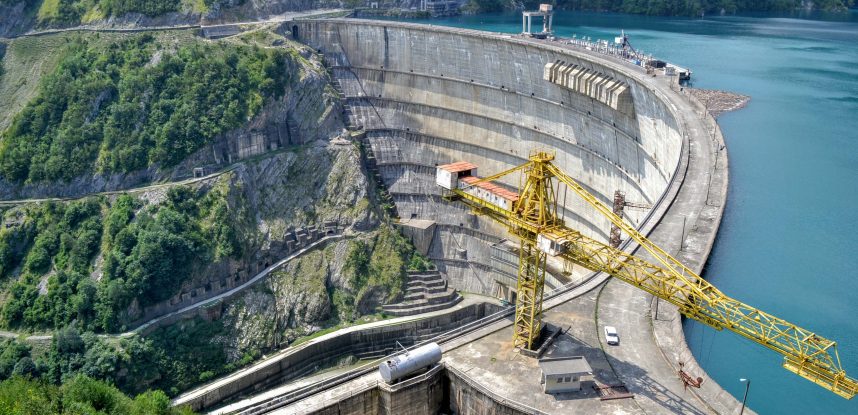Drinking From a Too-Short Straw: The Brutal Costs of Mismanaging Obsolescence
It can be easy for those of us in the embedded industry to think of obsolescence as predominantly an electronics or software issue and to imagine its scope as limited to small- or medium-scale consequences. Unfortunately, the harsh reality is that obsolescence is a problem across many industries, and the consequences can be severe. The critical “third straw” construction effort being made by the Southern Nevada Water Authority (SNWA) is a case in point.
As many of you are aware, Las Vegas draws its water from the surrounding lake systems, but few people realize how concentrated those water systems are. Ninety percent of the region’s water is supplied through a pair of massive intake pipes in Lake Mead. The first and oldest intake pipe extends to a height of 1,050 feet above sea level. If that intake pipe goes dry, the amount of water the SNWA supplies to the surrounding regions cut in half.
A water shortage during the desert summer is a serious. Frighteningly, lake levels have dropped over 100 feet (four trillion gallons of water) in the past ten years, and the threat that water levels will drop below the mouth of the intake pipe has a real possibility. To address the problem, the SNWA has been hard at work creating the “third straw,” a deeper intake pipe situated at the 860-foot level that is ready to draw water should the lake continue its decline. Nearly 700 feet below ground, a massive drill is creating a three-mile-long, concrete-reinforced tunnel at a rate of five feet per hour.
To date, the construction of this tunnel has cost over $817 million and at least one worker’s life. The cost continues to rise, much of which is being passed on to consumers in the form of surcharges. When asked by a reporter from The New York Times how a drought that has been ongoing for fourteen years could result in an emergency that threatens the technological water system of such a drought-sensitive region, an anonymous expert explained:
“There is no planning for a continuation of the drought we’ve had. There’s always been within the current planning an embedded hope that somehow things would return to something more like normal.”
As Ethan Plotkin, GDCA’s CEO, is fond of saying, “Being proactive is taking action when you notice the problem, not after you feel the pain.” Unfortunately, sometimes when a lack of (obsolescence) planning goes beyond the costs of redesign and re-certification, it just might constitute an emergency.
The GDCA Team




